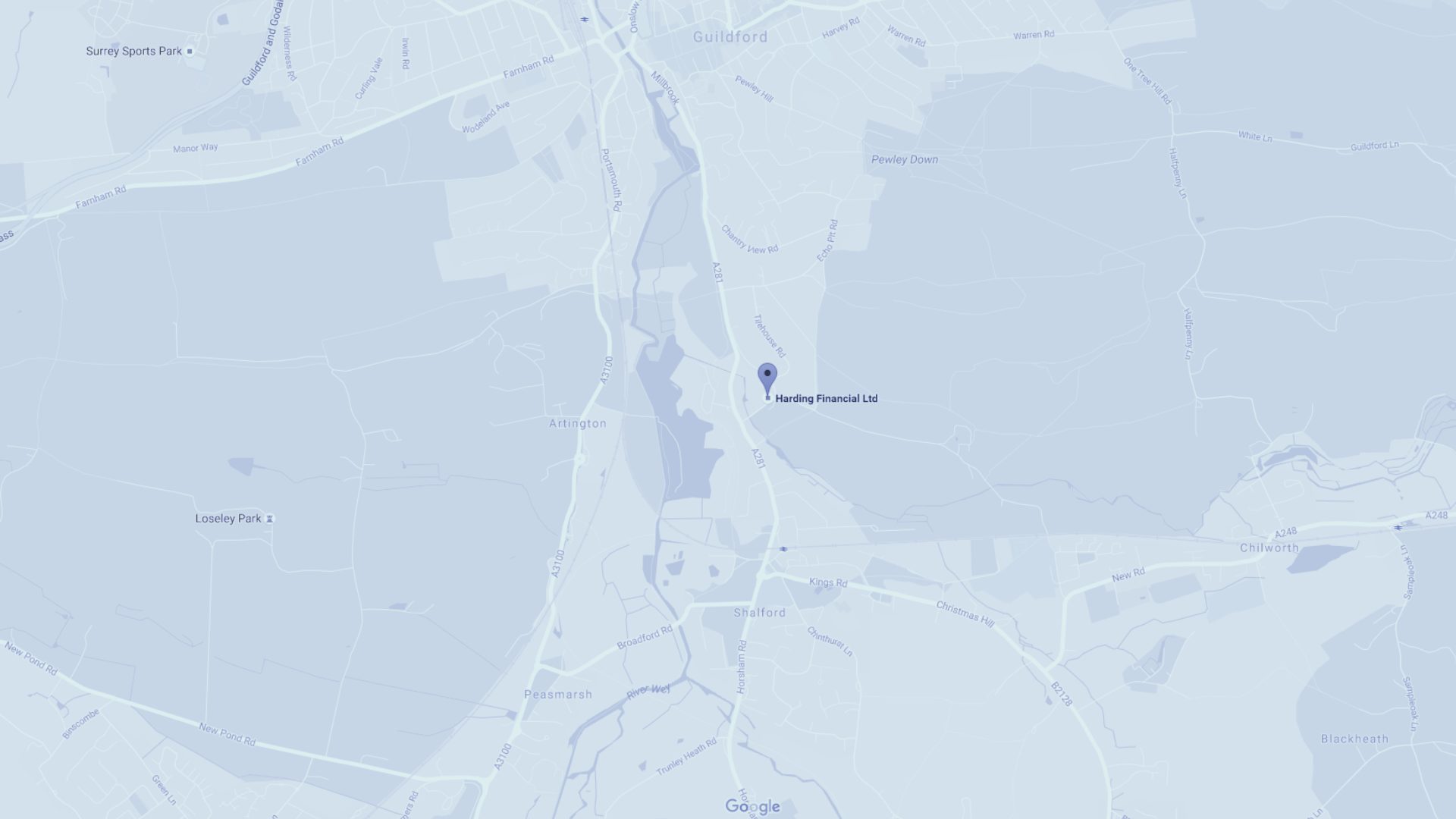
Pension or ISA?
Subject to affordability, and due to the generous tax reliefs available, it goes without saying that people should try and utilise both their ISA and Pension allowances as much as possible.
Pension or ISA?
Now that the government have given members of Defined Contribution (DC) schemes the green light to draw down on their pension savings whenever, and however, they wish after the age of 55 from 6 April 2015, how, if at all, does the increase in the ISA contribution limit to £15,000 from 1 July 2014 impact on the Personal Pension v ISA choice for investors?
Subject to affordability, and due to the generous tax reliefs available,
it goes without saying that people should try and utilise both their
ISA and Pension allowances as much as possible. Given that, in practice though, many people with some surplus cash to invest will
probably want to make a decision to invest in one vehicle or the
other, which route is likely to be the more suitable? The ISA or the
Pension? There is of course no blanket ‘right’ or ‘wrong’ answer to
this question because each case will have to be judged on its merits
taking into account the current and likely future tax status of the
individual and the importance (or not) of being able to access the
funds whenever they want.
Tax relief going in
A key difference between the two is the fact that contributions to a personal pension qualify for tax relief but contributions to an ISA do not. Regardless of the income tax status of the investor, the fact that any personal pension contribution is automatically grossed up by 20% can make a significant difference to the amount growing tax free within the fund, especially where regular contributions will be made and/or the term to retirement is relatively long.
Only 25% of a personal pension fund can be paid tax free.
Tax relief coming out
Only 25% of a personal pension fund can be paid tax free. The balance is subject to income tax and (from 6 April 2015) as an alternative to drawing a regular income, the balance could either be ‘stripped out’ in one go or taken in ad-hoc instalments as and when required.
Because, however, large withdrawals in excess of the tax free lump sum could easily take a basic rate taxpayer into higher or even additional rate tax, it may be prudent to restrict any withdrawals to an amount that keeps an investor within the basic rate band. Withdrawals from an ISA on the other hand are not added to income and are completely tax free, so this could make the ISA route look more attractive, especially if the investor expects to be paying, or close to paying, higher rate tax when a withdrawal is made.
Importance of access
Another standout difference between the two of course is access. An ISA gives unrestrained access at any time but a pension can’t (currently) normally be taken before age 55. And, based on the Governments recent budget proposals, in the future this minimum age will rise to 10 years below whatever the prevailing State Pension Age is at the time benefits are taken.
IHT
Last, but not least, any lump sum death benefits paid from a personal pension are currently free of IHT, and on death before age 75 any lump sum paid from an uncrystallised personal pension would be wholly tax free as long as the amount paid falls within the deceased members available lifetime allowance.
With the exception of any ISA funds that are invested in Business Property Relief qualifying AIM shares, however, the full value of an ISA would be included in the deceased’s estate on death. So, unless the deceased’s estate was within their available Nil Rate Band or (if not) any excess funds over and above their available Nil Rate Band was passed to a surviving spouse or to charity, IHT at 40% would be payable.
Conclusion
From a tax perspective, the initial ‘tax relief’ boost that the pension delivers will make the pension take some beating, especially if higher rate relief can be secured on the amount ‘going in’ to the pension but a withdrawal in excess of the 25% tax free cash can be kept below the higher rate band.
Conversely, an investor who is a basic rate tax payer at the time of making a contribution but who is likely to pay higher rate tax at the time of making a (potentially large) withdrawal could give the ISA greater appeal. Tax is not the only consideration though, and any decision to invest in an ISA or Personal Pension should really only be made after financial advice has been sought and all the factors relevant to a particular investor have been fully considered.
The value of your investment can go down as well as up and you may not get back the full amount invested
Contact Us
Get in touch today
Call us, email, drop in, or fill in the form so that one of our expert advisers can be in touch.
We look forward to hearing from you and being your financial partner.
Guildford Office:
The Estate Yard
East Shalford Lane
Guildford
Surrey
GU4 8AE
London Office: c/o The Ministry, 79-81 Borough Rd, London, SE1 1DN
